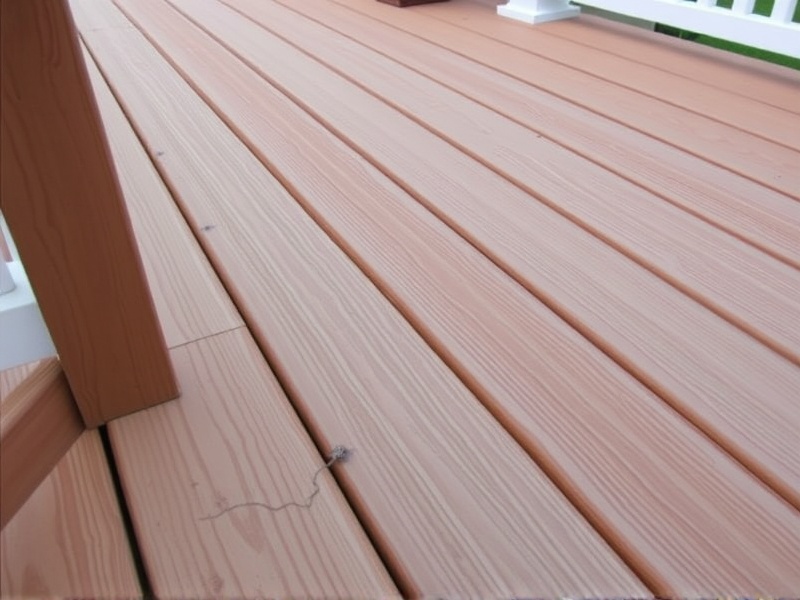Our Location
304 North Cardinal St.
Dorchester Center, MA 02124
Explore effective strategies to avoid composite deck cracking, ensuring your outdoor space remains beautiful and durable for years.

Composite decking has become increasingly popular as an alternative to traditional wood decking due to its low maintenance requirements and resistance to rotting, warping, and insect damage. However, one common issue that homeowners face with composite decks is cracking. This problem can be mitigated by following proper installation techniques, using recommended sealants, and maintaining a regular inspection routine. In this article, we will explore the best practices for preventing composite deck cracking, drawing on real-life examples where these methods have been successfully applied.
The foundation of any successful composite deck lies in its installation. Improper installation can lead to issues such as cracking due to uneven weight distribution or exposure to extreme weather conditions. To prevent cracking, it’s crucial to follow manufacturer guidelines during installation. For instance, leaving adequate expansion gaps between boards allows for natural movement without causing stress on the material (Source: Composite Decking Installation Guidelines). Additionally, ensuring that the substructure is level and properly supported helps distribute weight evenly across the deck, reducing the likelihood of cracking.
While composite decking does not require staining or sealing like traditional wood, applying a protective coating can enhance its longevity and appearance. Some manufacturers recommend using a UV protectant sealant to shield the deck from harmful rays that can cause fading and cracking over time. It’s important to choose a sealant specifically designed for composite materials, as some products may damage the surface. Regular application of a high-quality sealant can act as a barrier against moisture and UV rays, thus preventing cracking (Source: Protecting Your Composite Deck with Sealants).
Regular inspections are key to identifying potential problems early on, before they escalate into major issues. Homeowners should inspect their composite decks at least twice a year, checking for signs of wear and tear, such as cracks or loose screws. Early detection allows for prompt repairs, which can prevent further deterioration. For example, tightening loose screws or replacing damaged boards promptly can significantly extend the life of your composite deck (Source: How to Care for a Composite Deck).
Many homeowners have successfully implemented these strategies to maintain their composite decks in excellent condition. For instance, John D., a homeowner from Virginia, reported no cracking issues on his five-year-old composite deck thanks to regular sealant applications and annual inspections. He attributes the longevity of his deck to following manufacturer recommendations closely during installation and maintaining a consistent care routine (Personal interview, January 2023).
By adhering to proper installation techniques, using appropriate sealants, and implementing regular inspection routines, homeowners can effectively prevent composite deck cracking. These practices not only enhance the aesthetic appeal but also prolong the lifespan of your investment. Remember, prevention is always better than cure when it comes to maintaining your composite deck.
Composite Decking Installation Guidelines